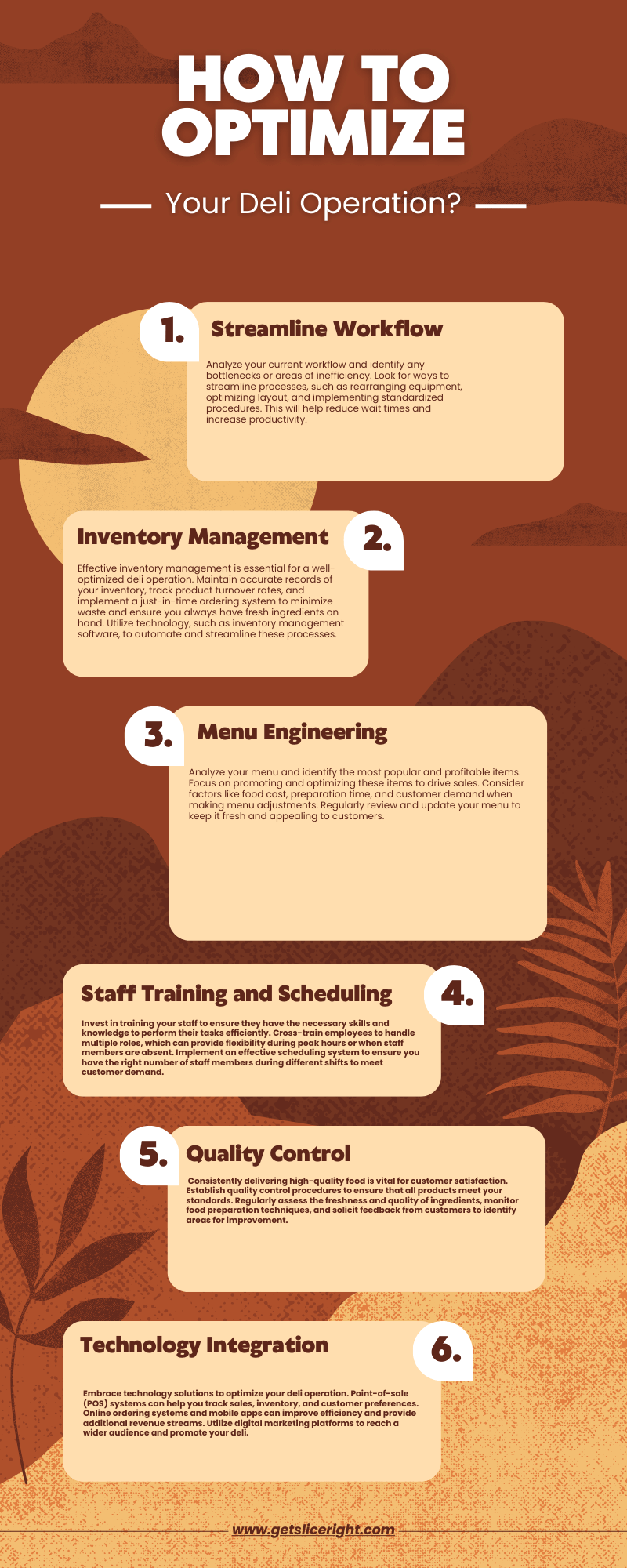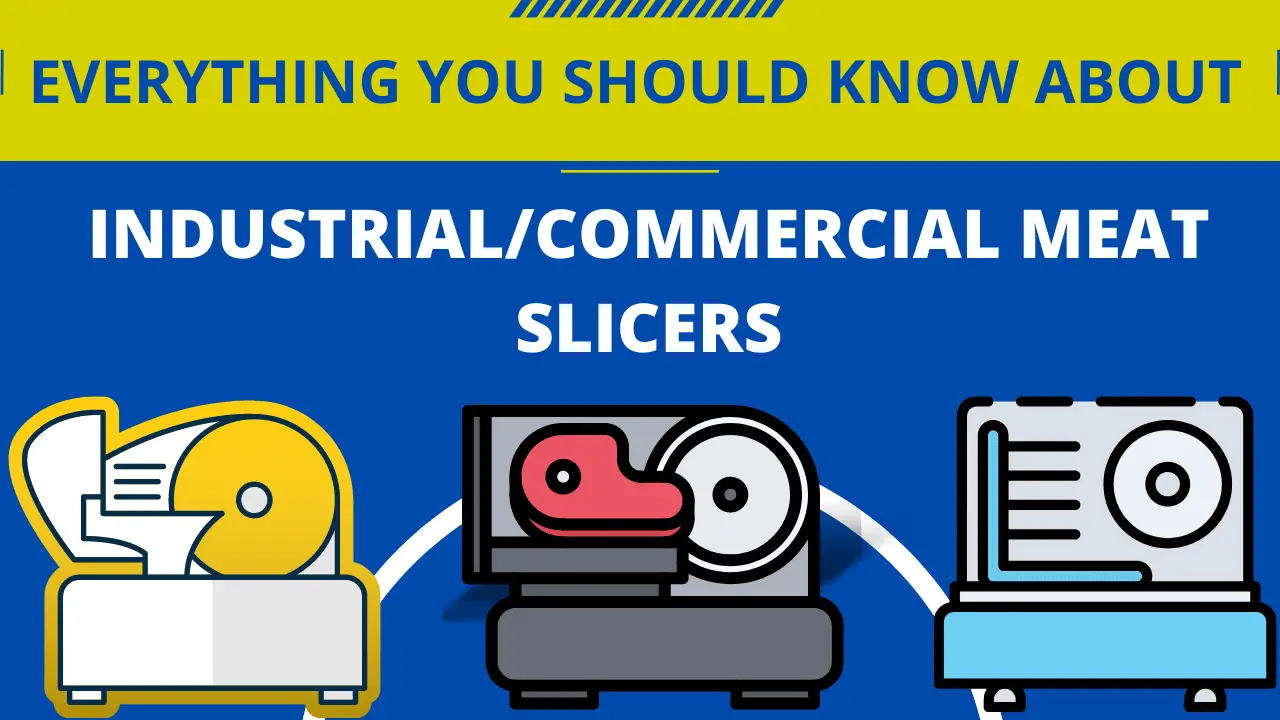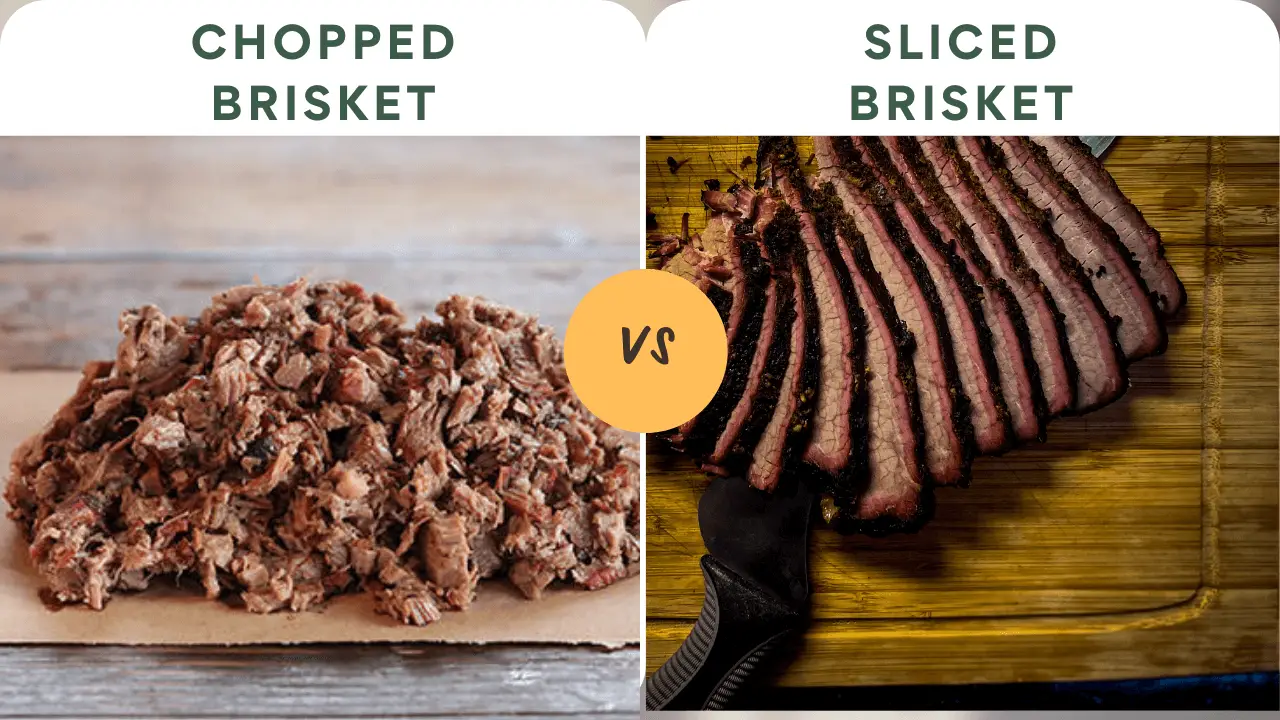The success of a deli operation depends on many factors, including the food quality and service provided. Optimizing your deli’s operations is important to ensure it runs efficiently and effectively. Optimizing an operation can involve making changes such as improving menu items, creating efficient processes for customer orders, finding ways to reduce waste, and setting goals for customer experience.
What Is A Deli Business?
A deli is a business that sells meats, cheeses, and other prepared food items. Delis are often found in supermarkets and convenience stores but can be standalone businesses. Most delis are independently owned and operated, and their products vary greatly depending on the region or country in which they are located.
How To Optimize Your Deli Operation?
Efficient Inventory Management: Stock Control and Waste Reduction: Effective inventory management is key to optimizing your deli operation. Adopt the First-In, First-Out (FIFO) system to minimize waste and ensure optimal freshness. Regularly review your stock levels and adjust your ordering practices to prevent overstocking or stockouts.
Supplier Relationship Management: Cultivate strong relationships with suppliers to secure better prices, delivery times, and product quality. Foster open communication, negotiate discounts for bulk or recurring orders, and collaborate on promotional campaigns.
Streamlining Deli Operations
Optimizing Workspace Layout: An efficient layout is crucial to improving your deli’s productivity. Design your kitchen and counter space with the following principles in mind:
- Minimize staff movement by placing frequently used equipment within easy reach
- Optimize workflow by positioning prep stations, cooking areas, and assembly lines in a logical order
- Ensure sufficient counter space for both staff and customers
Implementing Standard Operating Procedures (SOPs): Establish SOPs for all aspects of your deli operation, from food preparation to customer service. SOPs will ensure product quality and service consistency while reducing the likelihood of errors and waste.
Menu Planning And Pricing Strategy
Crafting a Compelling Menu: A well-designed menu can greatly impact your deli’s success. Consider these factors when planning your menu:
- Offer a diverse range of options to cater to various dietary preferences and restrictions
- Highlight signature dishes or unique offerings to differentiate your deli from competitors
- Update your menu seasonally to take advantage of fresh, locally sourced ingredients
Developing a Competitive Pricing Strategy: Your pricing strategy should balance profitability and perceived value. Consider the following:
- Analyze your competitors’ pricing strategies to identify gaps or opportunities
- Evaluate your ingredient costs and labor expenses to determine accurate pricing
- Offer special promotions or bundled deals to encourage repeat business
Marketing And Customer Engagement
Building a Strong Online Presence: An effective online presence can significantly boost your deli’s visibility and customer base. Establish a user-friendly website with essential information, such as your menu, hours of operation, and contact details. Additionally, leverage social media platforms to showcase your offerings and engage with your customers.
Harnessing the Power of Reviews and Testimonials: Positive reviews and testimonials can greatly influence potential customers. Encourage satisfied customers to leave reviews on popular platforms like Google My Business and Yelp. Address negative feedback promptly and professionally to demonstrate your commitment to customer satisfaction.
Employee Training And Management
Comprehensive Staff Training: Well-trained staff is the backbone of a successful deli operation. Invest in comprehensive training programs covering food safety, customer service, and product knowledge.
Motivating and Retaining Top Talent: Keep your employees engaged and motivated through regular feedback, recognition, and opportunities for growth. Consider providing competitive compensation packages, flexible scheduling, and a positive work environment to attract and retain top talent.
Embracing Technology
Utilizing Point of Sale (POS) Systems: Modern POS systems offer numerous features to streamline your deli operation, including inventory tracking, sales reporting, and customer relationship management. Select a system that best fits your needs and integrates seamlessly with your existing processes.
Implementing Online Ordering and Delivery: Online ordering and delivery services have become increasingly popular among customers. Implement these services to expand your customer base, generate additional revenue, and stay competitive.
Automating Routine Tasks: Leverage automation tools to handle routine tasks like scheduling, inventory management, and bookkeeping. This will free your staff to focus on more critical aspects of your deli operation.
FAQs
Is the deli shop profitable?
Yes, deli shops can be highly profitable operations. You can maximize profits by optimizing your deli operation with effective marketing, cost control, and efficient staff management methods.
How much does it cost to open a deli?
The cost of opening a deli will vary depending on several factors, such as the size and type of business, location, equipment needs, food costs, staffing requirements, and more. Generally speaking, it is safe to assume that you must budget at least $20,000 to $50,000 for startup costs associated with opening a deli. Additionally, you should have additional funds saved to cover operational expenses such as inventory and payroll for at least the first 6 months of business.
What are the advantages of a deli business?
A deli business offers several advantages. It is relatively inexpensive to set up and run compared to other types of retail businesses, making it an attractive option for entrepreneurs with limited capital. A deli can be a great way to showcase local produce and unique foods that customers may not find elsewhere. Delis can become a go-to store for customers seeking something different by providing specialty items. Additionally, due to Delis’s variety of food and beverage options, there is potential for high profits.
How much time does it take to grow the deli business successfully?
It depends on the deli type and how much effort has been put into it. Generally, a successful deli requires time, planning, and hard work.
How many ounces is a slice of deli meat?
The amount of deli meat in a single slice varies greatly depending on the type and thickness of the deli meat. Generally, an average-sized slice of lunchmeat weighs between 1 to 2 ounces (28 to 56 grams). To get an exact measurement, you should weigh each individual slice using a kitchen scale before serving. Additionally, a slice of deli meat typically contains about 40 to 80 calories, depending on the type.
Conclusion

Optimizing your deli operation requires efficient inventory management, streamlined processes, strategic menu planning, effective marketing, employee training, and embracing technology. Implementing the best practices outlined in this guide can elevate your deli’s performance, enhance customer satisfaction, and drive long-term success.

Mario Batali is a renowned author, food enthusiast, and passionate chef who has dedicated his life to exploring the world of culinary arts. With a love for sharing his knowledge and experiences, Mario has become a prominent figure in the food blogging community, inspiring countless readers with his creativity and expertise.
In addition to his culinary prowess, Mario Batali is also a talented writer with a flair for engaging storytelling. He launched his own food blog to share his recipes, cooking tips, and personal experiences in the kitchen. Over time, Mario’s blog gained a loyal following of food enthusiasts who appreciate his unique approach to cooking and his dedication to using only the finest ingredients.
Mario Batali’s passion for food and his commitment to sharing his knowledge with others have made him a true inspiration in the world of culinary arts. Through his blog, cookbooks, and public appearances, Mario continues to spread his love of food and the joy of cooking with his ever-growing fanbase.







